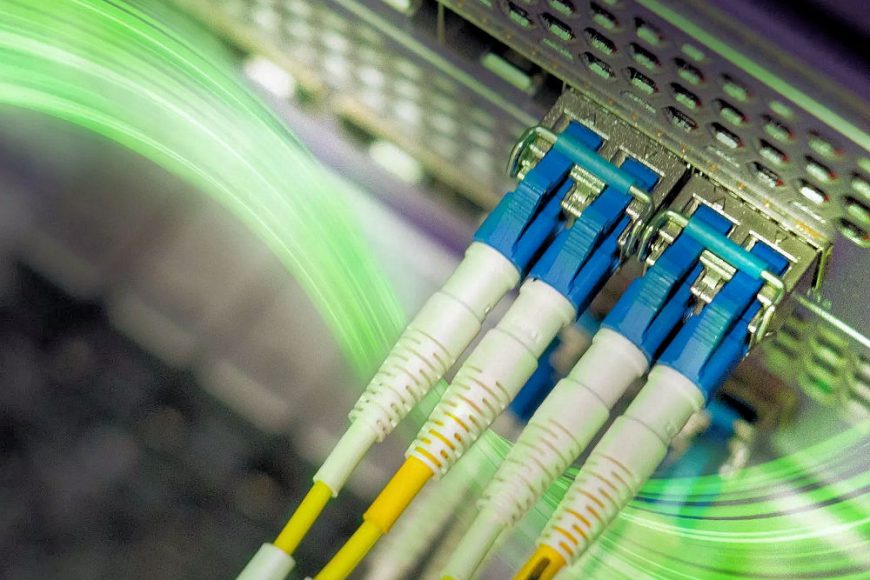Essential Kit for Equipping Your Network Engineers
In today’s tech-driven world, network engineers play a critical role in maintaining and optimizing the communication infrastructure of any organization. Equipping your network engineers with the right tools and equipment is crucial for ensuring they can perform their tasks efficiently and effectively. Here’s a comprehensive guide to the essential items required to kit out your network engineers.
1. Networking Tools and Equipment
Cable Testers and Certifiers
- Cable Testers: Essential for diagnosing and troubleshooting network cables. These tools help verify the integrity and performance of network cabling.
- Certifiers: Used for certifying that installed network cabling meets specific performance standards, crucial for compliance and quality assurance.
Crimping Tools and Punch Down Tools
- Crimping Tools: Necessary for attaching connectors to cables. These tools are used to crimp RJ45 connectors onto Ethernet cables.
- Punch Down Tools: Used for inserting wires into patch panels, keystone jacks, and surface mount boxes. They ensure secure and reliable connections.
Fibre Optic Tools
- Fibre Optic Cleaver and Splicer: Critical for cutting and splicing fibre optic cables, ensuring precise and clean connections.
- OTDR (Optical Time-Domain Reflectometer): Used for testing the integrity of fibre optic cables and identifying faults along the cable length.
2. Diagnostic and Monitoring Tools
Network Analysers
- Portable Network Analysers: Used for capturing and analysing network traffic to diagnose issues and optimize performance.
- Protocol Analysers: Tools that help engineers understand and troubleshoot network protocols and communication.
Multi-meters and Voltage Testers
- Digital Multi-meters: Essential for measuring electrical values such as voltage, current, and resistance, ensuring that network devices are operating correctly.
- Voltage Testers: Used to check electrical circuits and ensure safe working conditions.
3. Hardware and Accessories
Laptops and Tablets
- High-Performance Laptops: Essential for running diagnostic software, managing network configurations, and accessing remote systems.
- Tablets: Useful for fieldwork, allowing engineers to carry documentation, diagrams, and software tools in a portable format.
Portable Storage
- External Hard Drives: For storing large amounts of data, backup configurations, and software tools.
- USB Flash Drives: Convenient for quick data transfers and storing essential software and drivers.
4. Connectivity Tools and Consumables
Ethernet Cables and Connectors
- Cat5e, Cat6, and Cat6a Cables: Different categories of Ethernet cables for various networking needs.
- RJ45 Connectors: Essential for terminating Ethernet cables.
Fibre Optic Cables and Connectors
- Single-mode and Multi-mode Fibre Optic Cables: Depending on the distance and bandwidth requirements.
- Fibre Optic Connectors: SC, LC, and ST connectors for terminating fibre optic cables.
Patch Panels and Switches
- Patch Panels: Organize and manage connections in the network infrastructure.
- Network Switches: For connecting multiple devices within the network and ensuring efficient data communication.
5. Protective Gear and Safety Equipment
ESD (Electrostatic Discharge) Protection
- ESD Wrist Straps: Prevent static electricity build-up, protecting sensitive electronic components.
- ESD Mats and Grounding Kits: Provide a safe workspace for handling electronic equipment.
General Safety Gear
- Safety Glasses: Protect eyes from potential hazards during installation and maintenance.
- Work Gloves: Protect hands while handling cables and hardware.
- Knee Pads: Essential for engineers working in confined spaces or on the ground for extended periods.
6. Documentation and Software
Network Documentation Software
- Diagramming Tools: Software like Microsoft Visio or Lucidchart for creating network diagrams and documentation.
- Configuration Management Tools: Track and manage network configurations and changes over time.
Reference Materials
- Technical Manuals: Manufacturer manuals and installation guides for various network devices and tools.
- Standards and Compliance Guides: Documentation on industry standards and compliance requirements (e.g., TIA/EIA, ISO).
Conclusion
Equipping your network engineers with the right tools and equipment is essential for ensuring they can effectively manage and maintain your organization’s network infrastructure. From diagnostic tools and hardware to protective gear and software, each item plays a crucial role in enabling your engineers to perform their tasks efficiently and safely.
Ready to equip your network engineers? Contact us today to learn more about our comprehensive range of tools and equipment designed to meet all your networking needs.
Get Started Now and ensure your network engineers are fully equipped to keep your network running smoothly!



